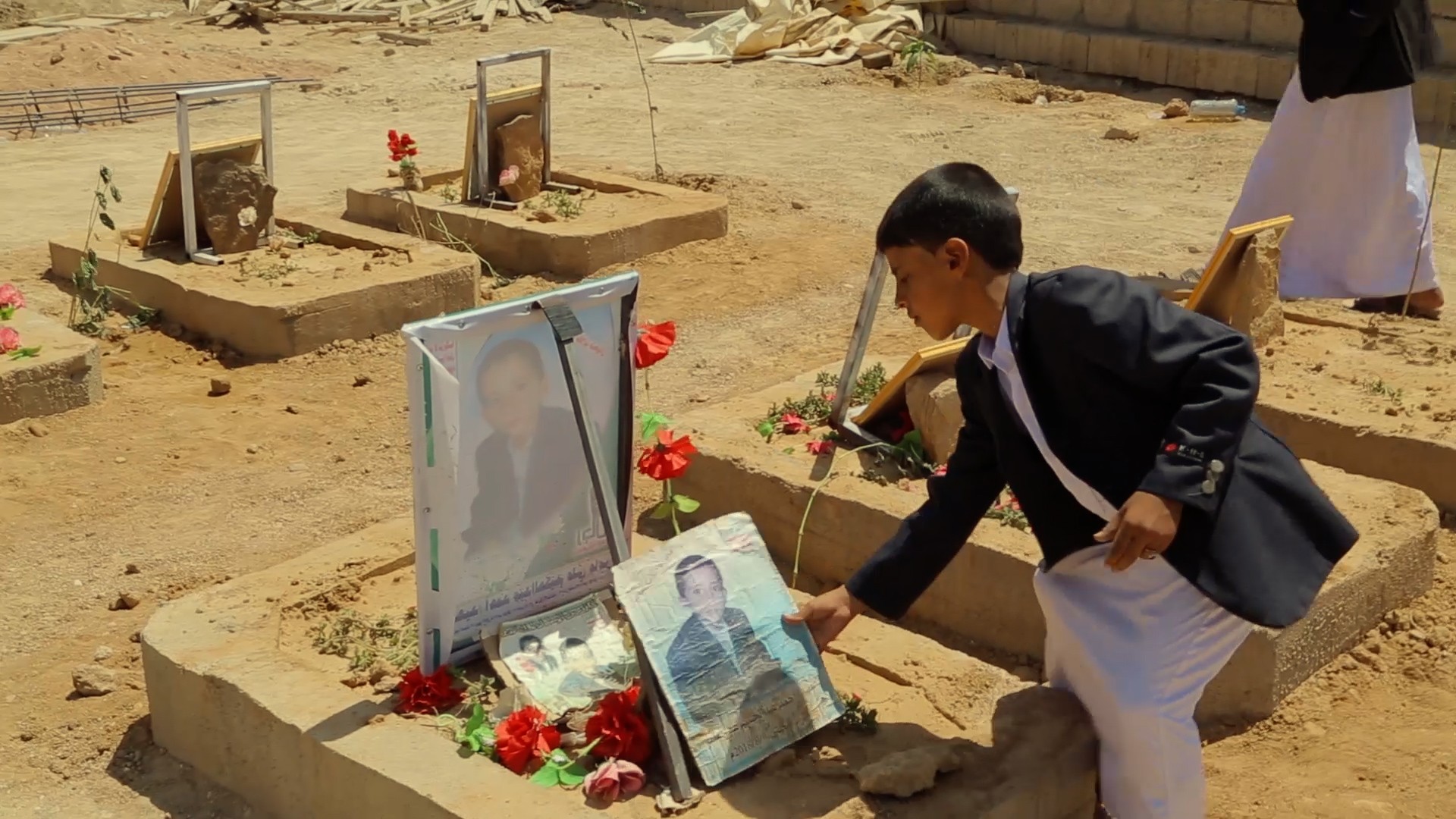Getty Images
A UN-brokered ceasefire in Yemen remained in tact Tuesday, after initial skirmishes between Houthi rebels and government forces threatened to sink the deal minutes after it came into effect.The agreed cessation started at midnight local time Tuesday (4 pm Monday ET) and covers Hodeidah city and port, as well we the ports of Salif and Ras Issa.The truce looked broken as fighting continued after midnight, but as dawn broke calm descended over the besieged city.The UN special envoy for Yemen said Tuesday he was positive about the ceasefire holding.“The problem is that the forces have yet to disengage, and when they're close up to each other they are liable to respond to anything they see as a provocation or an alert,” Martin Griffiths told the BBC. “So we can expect some of this happening, but the pattern is a positive one.”“First time skies have been quiet over Hodeidah for many, many months. So far, so good. Fingers crossed,” he added.Residents in the city said that clashes between the warring factions intensified ahead of the deadline, according to the Independent. “There has been complete calm since 3am Yemen time in the city of Hodeidah," a military source loyal to the government told AFP Tuesday.However, residents also warned that daily fighting typically stops around dawn before picking up again in the evening and at night.The truce, announced last week following talks in Sweden, was delayed by several days because of fierce fighting.READ: Senate votes to end U.S. support of Yemen warThe Houthi-controlled port city is a key avenue for aid arriving into Yemen for millions of starving citizens. Officials say that at least half of the country’s population — 14 million people — are on the brink of famine while an estimated 85,000 children may have died from malnutrition during a conflict that is about to enter its fifth year.The fighting in Yemen is a proxy war between Iran — backing the Houthis — and Saudi Arabia and it allies, backing the forces loyal to exiled President Abdrabbuh Mansour Had.Located on the Red Sea, Hodeidah is Yemen’s largest port and home to an estimated 600,000 people.Up to 80 percent of the food, medicine, and fuel aid coming into the famine-ravaged country comes through Hodeidah.Both sides had publicly declared they were sticking to the ceasefire, the UN said Tuesday. A team with representatives from Houthis and the government will oversee the implementation of the truce, the withdrawal of both warring parties from Hodeidah city and the pullout of Houthis from its major ports, the UN added. Cover image: Yemeni soldiers loyal to the Shiite Huthi rebels ride on military vehicles during a parade in the capital Sanaa on October 16, 2018 to show support against the Saudi-led intervention in the country. (MOHAMMED HUWAIS/AFP/Getty Images)
Cover image: Yemeni soldiers loyal to the Shiite Huthi rebels ride on military vehicles during a parade in the capital Sanaa on October 16, 2018 to show support against the Saudi-led intervention in the country. (MOHAMMED HUWAIS/AFP/Getty Images)
Advertisement
Advertisement

